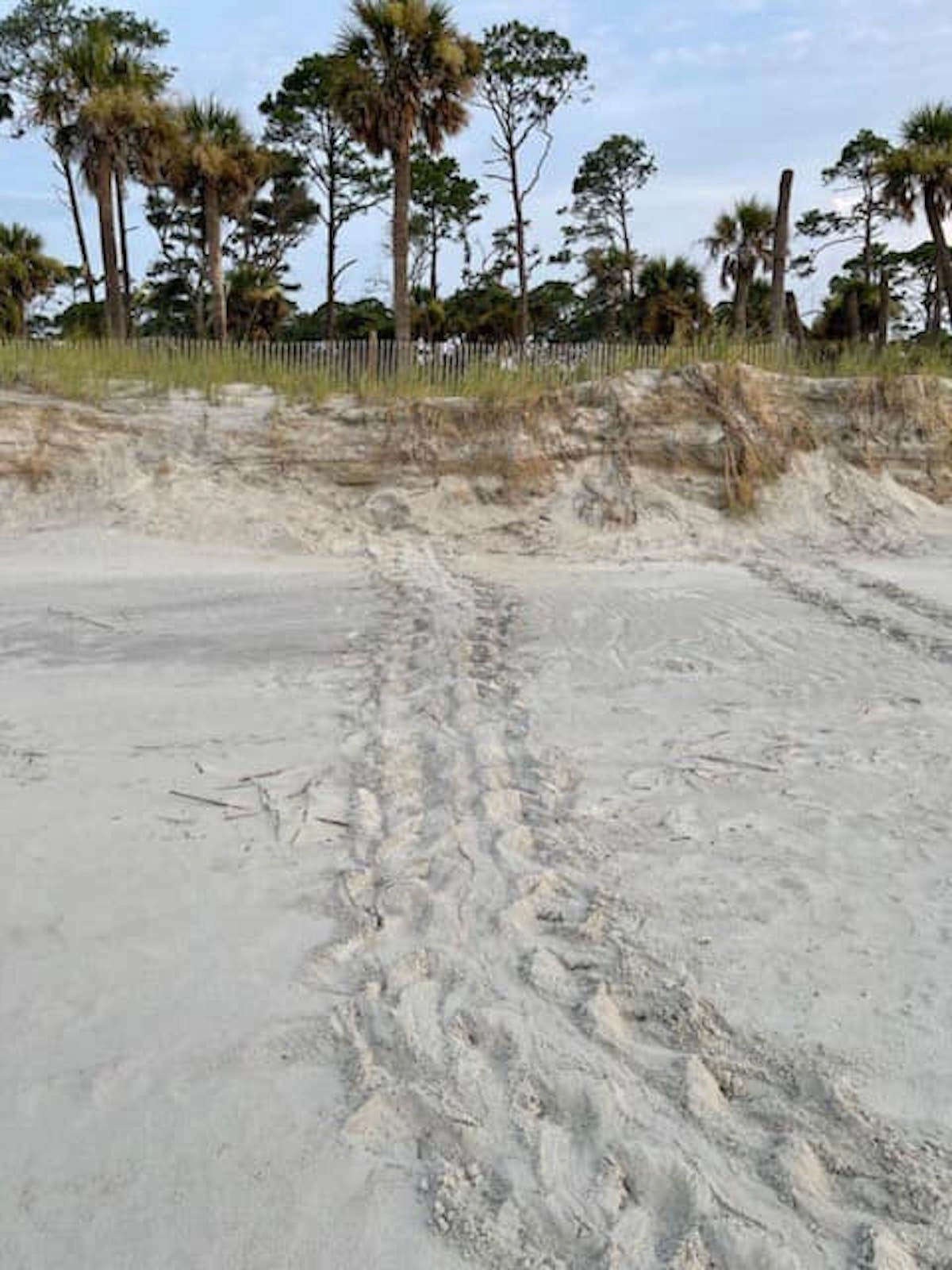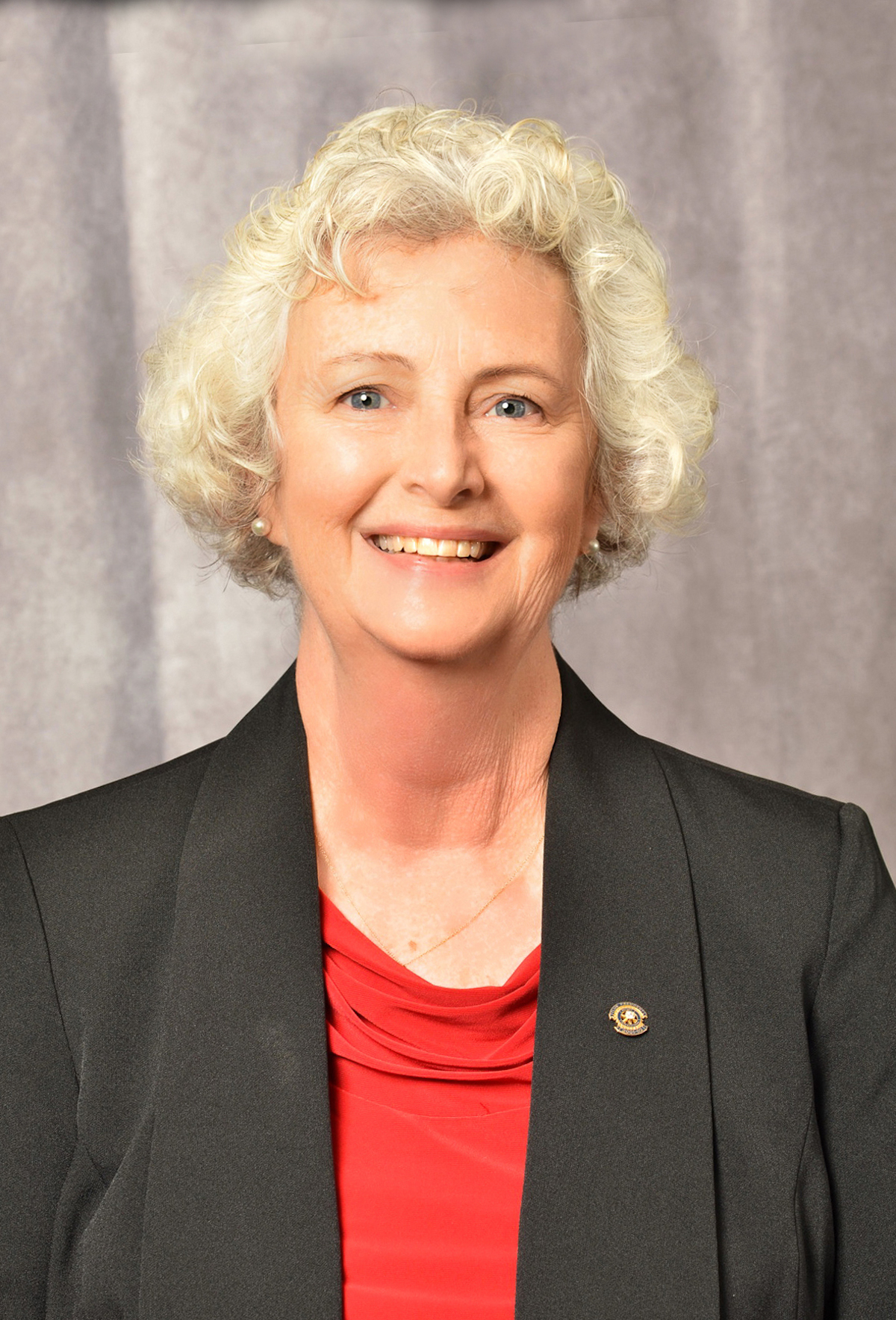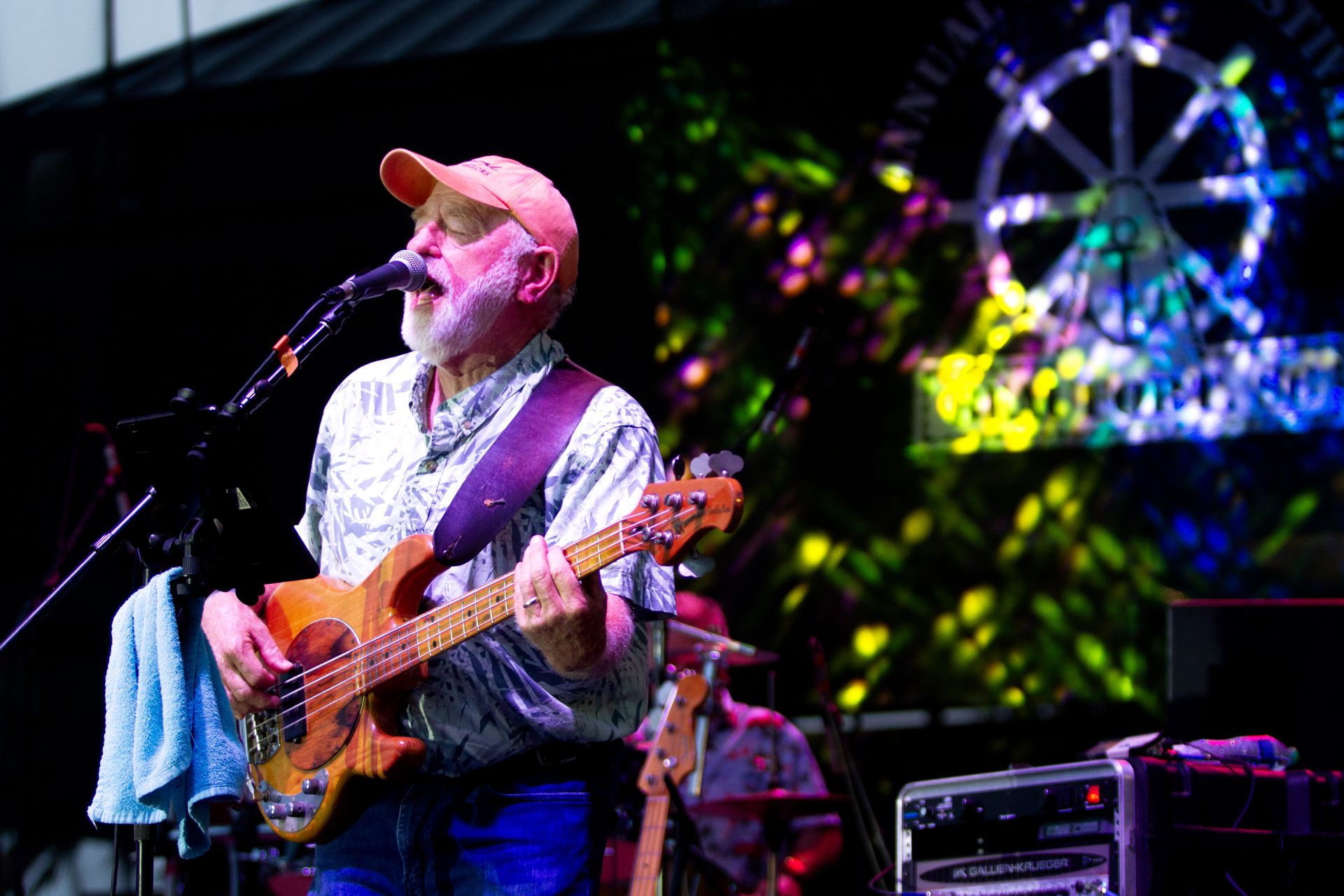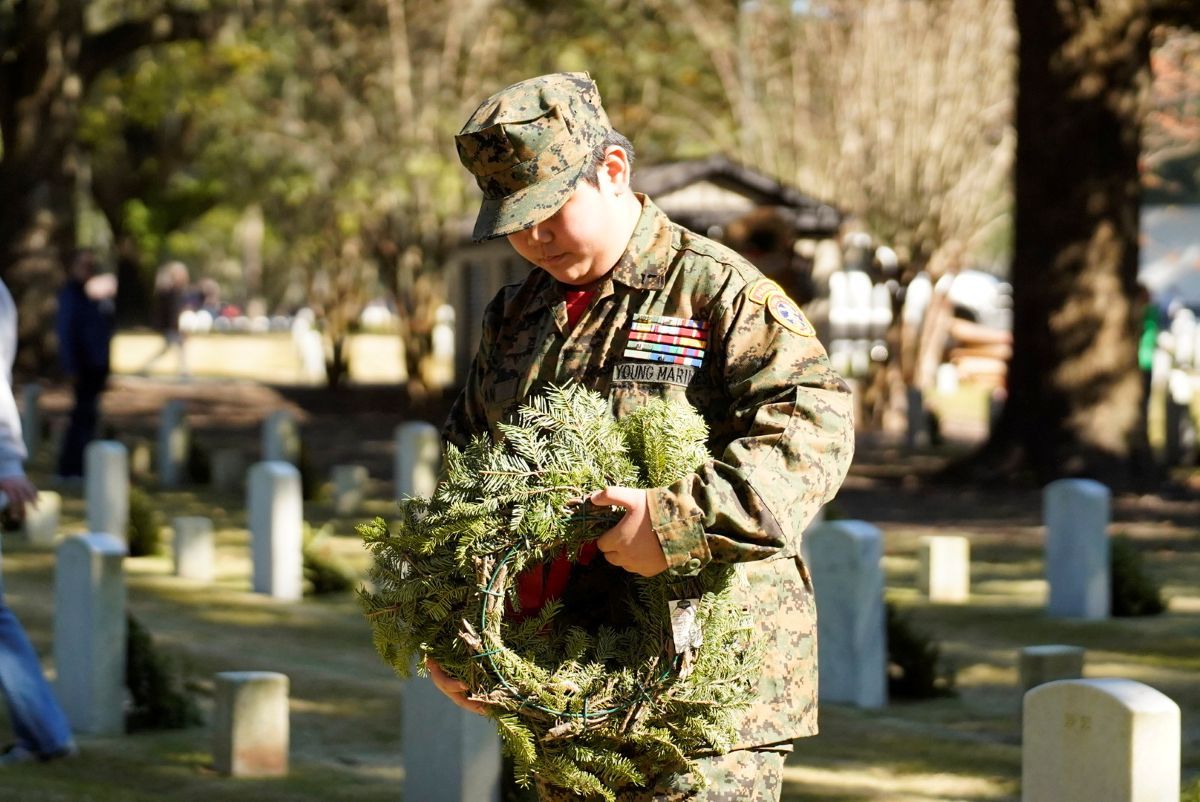By Mike McCombs
The Island News
It’s the year of the sea turtle on Hunting Island.
Volunteer Mark Schetky found nest No. 176 on Friday, his first nest found of the season, breaking last year’s record of 175 nests. The nesting season normally lasts from May to October.
After another busy weekend, that number is now up to 184, as of Tuesday.
“It took us 38 years to beat the old record,” said Beth Glass, Director of the Friends of Hunting Island (FOHI) Sea Turtle Conservation Program. “Now it’s back to back years.”
Though the numbers may have been disputed, Glass said the previous record was actually 157 back in 1984.
“Back then the cabins were still on the island and most of the nests were at the south end,” Glass said. “But now, the heaviest amount of nesting has moved to the north end. A lot of the nesting is between the campground and the lighthouse.”
Glass said the last nests are usually laid somewhere from the end of July to the middle of August.
“We call the nesting season when we go two weeks with no new nesting activity,” she said. “But turtles don’t read. I remember one time when we called it, and a turtle laid a nest the next day.”
Glass has reason to hope, in addition to a record season, this could be a 200-nest season. The size of nests generally range from 120 eggs at the top end to between 60-70 at the bottom end, usually late in the season. She said of the last eight nests, only one had fewer than 100 eggs.
“I still feel those mamas have a lot of eggs left in them,” Glass said.
Friends of Hunting Island President Linda Miller said Hunting Island isn’t the only place seeing a high number of nests this year.
“That’s up and down the coast,” Miller said. “It all plays out on social media, and we see it. Everybody is super busy.”
Glass said a lot of observers are crediting the high numbers of nests and eggs to conservation. She said it takes 23 to 25 years for a sea turtle to reach sexual maturity.
“We’re seeing the results now of the babies that survived as a result of when conservation efforts really began,” she said.
A highlight this year, Glass said, was a nest laid at Russ Point Landing, just a tiny strip of land along the beach with access to that boat landing. Nest 21 is the first nest at that landing since 2012.
Also, with the first hatchlings of the season emerging on July 19 – “We were excited to see we had our sixth nest hatch today,” Miller said Tuesday – Hunting Island has nests hatching while new nests are still being laid.
“There’s no slowing downtown in August and September,” Miller said. “At some point the nests will stop, and it will be all about the hatchlings. To have both happening at the same time is pretty unique.”
The FOHI Sea Turtle Conservation Project marked the first sea turtle nest of the season at Hunting Island on Friday, May 5. The 2023 season opened on the heels of another record-breaking year – in 2022, biologists and volunteers counted 7,996 sea turtle nests in South Carolina, the second-highest year since record-keeping began. There were 8,795 nests in 2019.
Overall, sea turtle nest numbers across the Southeast have trended up over the past decade after several decades of conservation efforts.
Accoding to the S.C. Department of Natural Resources (SCDNR), four sea turtle species nest on South Carolina beaches: loggerheads, greens, Kemp’s ridleys, and leatherbacks. All four species are classified as endangered or threatened and are protected under the Endangered Species Act in addition to state law. Loggerhead nests comprise most of the state’s total number each year.
The SCDNR relies on a network of more 1,500 trained volunteers to regularly patrol beaches from May 1 to October 31 to count, monitor and protect sea turtle nests.
Mike McCombs is the Editor of The Island News and can be reached at TheIslandNews@gmail.com.











